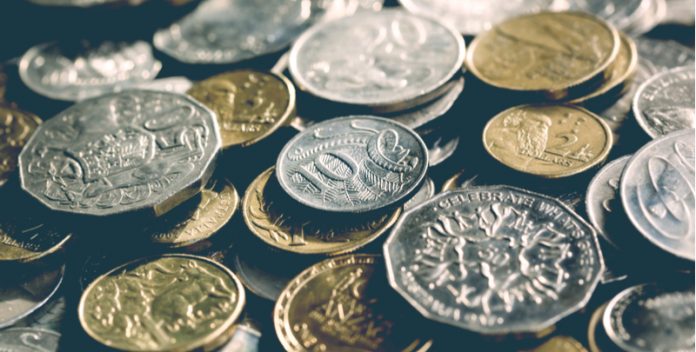The pound, Australian dollar rate is holding steady around AUS$1.7460 as of early morning. A combination of both sterling strength and Australian dollar weakness is keeping the currency pair at its highest level for GBP in 8 months.
UK Politics and statistics drive the pound
UK political concerns are widespread and are holding back the pound with less than a week to go until the UK general election. The latest polls point to the UK Conservative party leader Theresa May having only a three-point lead over Labour’s Jeremy Corbyn. The outcome after Britain goes to the polls on 8th June looks more uncertain than ever, leaving the pound vulnerable.
On Wednesday, some much needed good news in the form of strong UK manufacturing figures helped lift the sterling. Manufacturing activity grew in May, beating forecasts made by Bloomberg analysts. Growth for the sector in May was marginally less than April’s three-year British record. However, it was still sufficient to build on hopes that the UK economy is revving up in the second quarter of the year after a lacklustre first quarter, which sent the pound northwards.
Whilst reactions to polls will no doubt be the main theme for sterling again today, investors will also be looking towards construction data: That will come today in the form of construction purchasing managers index (pmi) for a deeper insight into the performance of the UK economy. Construction data was solid last month at 53.1 – a figure above 50 indicating the good news of expansion. Bloomberg analysts are looking for a figure of 52.7 and, should we see a higher number, the pound could build on today’s rally.
| Why does strong economic data boost a country’s currency? |
|---|
| Solid economic indicators point to a strong economy. Strong economies have strong currencies because institutions look to invest in countries where growth prospects are high. These institutions require local currency to invest in the country, thus increasing demand and pushing up the money’s worth. So, when a country or region has good economic news, the value of the currency tends to rise. |
Fears of a slowdown in China keep Australian dollar demand subdued
The Australian dollar is suffering at the hands of investors against all its major peers as concerns over China continues to put pressure on the Australian dollar for a second straight session. Mid-week we learnt that Chinese manufacturing activity unexpectedly fell for the first time in 11 months raising fears that the Chinese economy is running out of steam. Given that China is Australia’s biggest exporter, this is bad news for the Australian dollar.
| What’s the link between China and the Australian dollar? |
|---|
| China is Australia’s principal trading partner and the world’s largest consumer of metals. Commodities, particularly iron ore, make up the bulk of Australian exports. Australian iron ore needs to be purchased using Australian dollars. So, if the demand or expected demand for the iron ore decreases because China’s economy looks like it may be slow, the price of the metal normally lowers in response. Thus, the demand for Australian dollars will also go down, devaluing the currency. |
This publication is provided for general information purposes only and is not intended to cover every aspect of the topics with which it deals. It is not intended to amount to advice on which you should rely. You must obtain professional or specialist advice before taking, or refraining from, any action on the basis of the content in this publication. The information in this publication does not constitute legal, tax or other professional advice from TransferWise Inc., Currency Live or its affiliates. Prior results do not guarantee a similar outcome. We make no representations, warranties or guarantees, whether express or implied, that the content in the publication is accurate, complete or up to date. Consult our risk warning page for more details.
This article was initially published on TransferWise.com from the same author. The content at Currency Live is the sole opinion of the authors and in no way reflects the views of TransferWise Inc.





